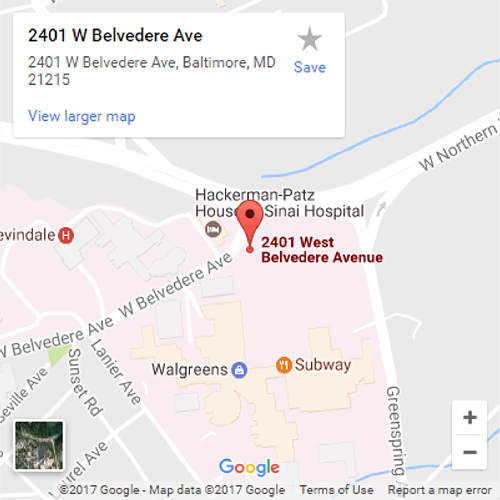Amniotic Band Syndrome
What is amniotic band syndrome?
Amniotic band syndrome (ABS) is also called constriction band syndrome, constriction ring syndrome, early amnion rupture sequence (EARS) or Streeter syndrome. The amnion is a membrane sac that surrounds and protects a baby while it develops in the womb. Sometimes the amnion tears or ruptures during pregnancy, and strands of it, called amniotic bands, wrap around parts of the growing baby’s body. These bands act like a tourniquet that restricts the veins from carrying blood out of the limb, leading to swelling, deformity or amputation. While this can occur anywhere, it most frequently occurs in the baby’s limbs, fingers or toes. Amniotic band syndrome occurs in one out of every 15,000 live births.
In mild cases, an amniotic band causes a small indentation in one of the baby’s limbs, fingers or toes. In severe cases, the amniotic band gets wound so tight that it restricts blood from flowing to the developing baby’s body parts. In the most serious cases, this can actually cause partial amputation of fingers, toes, or parts of an arm or leg. Amniotic bands can cause pressure over certain nerves, particularly the peroneal nerve beside the knee, leading to paralysis of the limb. Pressure from the bands may also result in bone deformities, and limb length discrepancies. In a large number of cases, the baby is also born with clubfoot, and sometimes babies are born with webbed fingers and toes (syndactyly). The amniotic bands may be detected by ultrasound at the end of the first trimester, but can be difficult to detect. It is more often diagnosed at birth upon discovering deformities or missing parts of limbs or digits.
How is amniotic band syndrome treated?
In utero surgery has been performed to free limbs from amniotic bands that are at high risk of amputating limbs, but at the International Center for Limb Lengthening, we only treat babies after they are born. While mild cases may not require treatment, in severe cases, there are often treatments that can improve the child’s quality of life. Treatment varies, as the condition can manifest itself in so many different ways. In cases where limbs have been partially amputated, it may be advantageous to lengthen the bone of the remaining limb so that prosthetics can be more effective. In cases where the constricted limb is shorter than the other, limb lengthening treatment can address this issue. Limb deformity correction can address crooked bones and other deformities. Pressure from the bands on nerves and blood vessels can be relieved by surgically releasing (opening) the tight bands. For more about how clubfoot is treated, please click here.
Why choose the International Center for Limb Lengthening for treatment of amniotic band syndrome?
Limb Lengthening and deformity correction are complex processes. Your doctor at the International Center for Limb Lengthening will take the time to make sure you understand all of your options and then will customize your treatment to meet your child’s specific needs. Our patients benefit from our team-centered approach with world-renowned pediatric surgeons and specialized physician assistants, nurses and physical therapists. We help patients with amniotic band syndrome achieve their best possible result.
Doctors who treat amniotic band syndrome
†Children and Adolescents/Young Adults Only

